Top Tips for Ensuring Optimal Video Translation
CLEAR WORDS
TRANSLATIONS
All News
January 7, 2021 |
Top Tips for Ensuring Optimal Video Translation
Accurate video translation is essential if you’re looking to capture and retain the interest of a new audience. And if you really want to awaken the emotions of your viewer and call them to take action, you’ll localize your videos as well using the idiosyncrasies and nuances they’re used to hearing every day.
Videos are a powerful marketing tool. In fact, as much as 88% of video marketers say that using video content has a positive impact on their ROI. As most of the world is connected through social media these days, from LinkedIn to Twitter, Facebook to TikTok, all the major platforms support this type of audiovisual content.
Videos are highly flexible and can range from a formal presentation of your company to a humorous exchange designed to entertain. Be careful of humor though when it comes to video translation. It’s well-known throughout the language speaking world that humor is one of the hardest things to translate–and often gets lost in translation!
Here are a few more tips to help you optimize your video translation and ensure you get the best results.
Create Your Video with Your Viewer in Mind
Before you even begin the process of creating your marketing video, you need to know who you’re producing it for. Start off by creating buyer personas in the different regions you aim to do business. These are the people who will be your ideal client and will hopefully convert at the end of the video. Once you know who is watching your video, you can target your content appropriately.
Video translation works best if you avoid controversial topics such as religion or politics. You should also avoid any references to culture that may be lost on an international audience, such as local sports teams, jokes, or idioms that a foreign audience can’t relate to.
Consider eliminating unnecessarily long words and over-complicated vocabulary. Not only will you be doing your actors or voiceovers a favor but you’ll ensure accuracy and optimal video translation. If you’re using subtitles, this will also help to keep the text simple and easy to read.
Decide on Subtitling or Dubbing Based on Local Preferences
Depending on where you’re from, you may have a marked preference for subtitles over dubbing (or vice versa). But remember that it doesn’t matter what you prefer–you need to appeal to the end viewer of your video.
This is a very cultural thing and it’s vital that you get this right when translating your videos. Spanish people, for example, are used to watching videos and TV hearing voiceovers whereas the Portuguese prefer hearing the original language and reading subtitles. So, adapt to local norms in order to increase your ROI.
Be sure to maintain 100% accuracy and high-quality in your video translation by hiring native speakers and working with a professional language services provider. Get your videos quality-controlled by locals and consider a pilot trial before rolling them out to a larger audience.
If your viewer cannot resonate with the speaker or finds his voice irritating or patronizing, he won’t get to the end of your video. Worse still, he’ll end up with a negative association with your brand. Some 75% of buyers turn products down because of a poor voiceover, so make sure you spend the time to get this right.
Consider Formatting in Video Translation
Even if you decide on dubbing for your first or second markets, the chances are, you’ll have to use subtitles at some point. Most people prefer watching original content with subtitles and up to 85% of people watch videos without sound on Facebook.
So, be sure to consider formatting when you create your video. You’ll need to leave enough space at the bottom of your screen to add in the subtitles later as this will save you from having to refilm the whole clip and ensure that your subtitles are easy to read.
For maximum visibility, as a general rule, be sure to locate key visuals and any text in the first two-thirds of your screen.
Give People Time to Read Subtitles
Almost as annoying as a voiceover with a strange accent or irritating sound is watching videos that don’t give the viewer enough time to read the subtitles. So, make sure that your actors don’t speak too quickly and that you have an accurate tempo and enough time for the viewer to understand what’s going on.
A good guide for this is no more than 190 words in a minute. This is a safe limit that makes sure your video makes use of visuals as well as audio to tell the story. And it gives your viewers enough time to read and digest what they’re seeing.
Be careful not to go too slow, however, as that could have the opposite effect, You’ll lose your viewers’ attention if the tempo is too slow.
Provide Metadata for Translation
On a technical note, don’t forget about the basics of online marketing when preparing for video translation. All your videos at home have metadata including a title and a description. These details need to be translated and localized as well to ensure maximum visibility online.
If you really want to ensure you reach as many of your target audience as possible, make a list of local keywords that do well in local markets and include them in your metadata. Be sure to provide your language services provider with this list and instructions as to how to incorporate the words.
Ignore Cultural Differences at Your Peril
How many times have you heard people talk about Europe as if it were one homogenous block despite the multiple languages and cultural differences and preferences that abound? Don’t make the same mistake in your video translation. And be sure that none of your footage includes anything that could offend your target audience.
Controversy often generates clicks. But be sure that your video isn’t trending for the wrong reasons. Not only will your brand be immediately rejected but you may even get embroiled in legal consequences as well.
To ensure that you respect cultural differences, try to use local speakers in your video translation. They can help you speak to your target audience in the way you intended and avoid insulting or patronizing viewers.
Keep Your Content Organized
Translating video content goes beyond a mere MP4 file. You will need a series of individual files and instructions beyond your audiovisual content to ensure optimal translation. Keep your content organized and separate voice and music tracks.
Also, provide your translators with a copy of the video script so that they don’t miss any words or have to guess what the speakers are saying. And provide them with any images that need translating, such as infographics or signs.
Staying organized will help you get through your video translation project faster. It will also ensure you get maximum results at a lower cost.
Wrapping It Up
Getting your video translation right can help you boost engagement with different audiences around the world. It can help your company increase its user base, convert more clients, and improve brand recognition. It can also positively impact your ROI.
The key to success is in finding a reliable and trustworthy partner who can help you navigate the local differences and preferences and help you produce excellent quality video translation to take your company to new heights.










